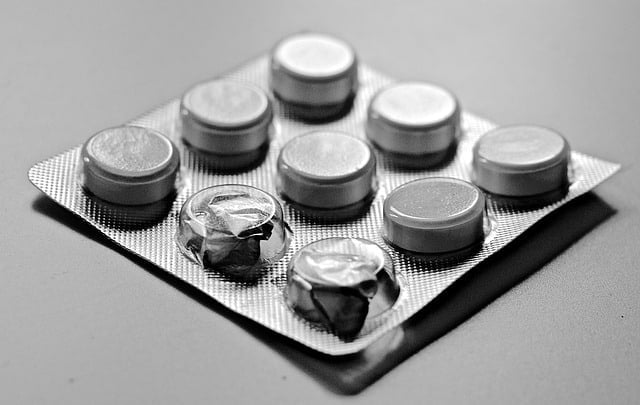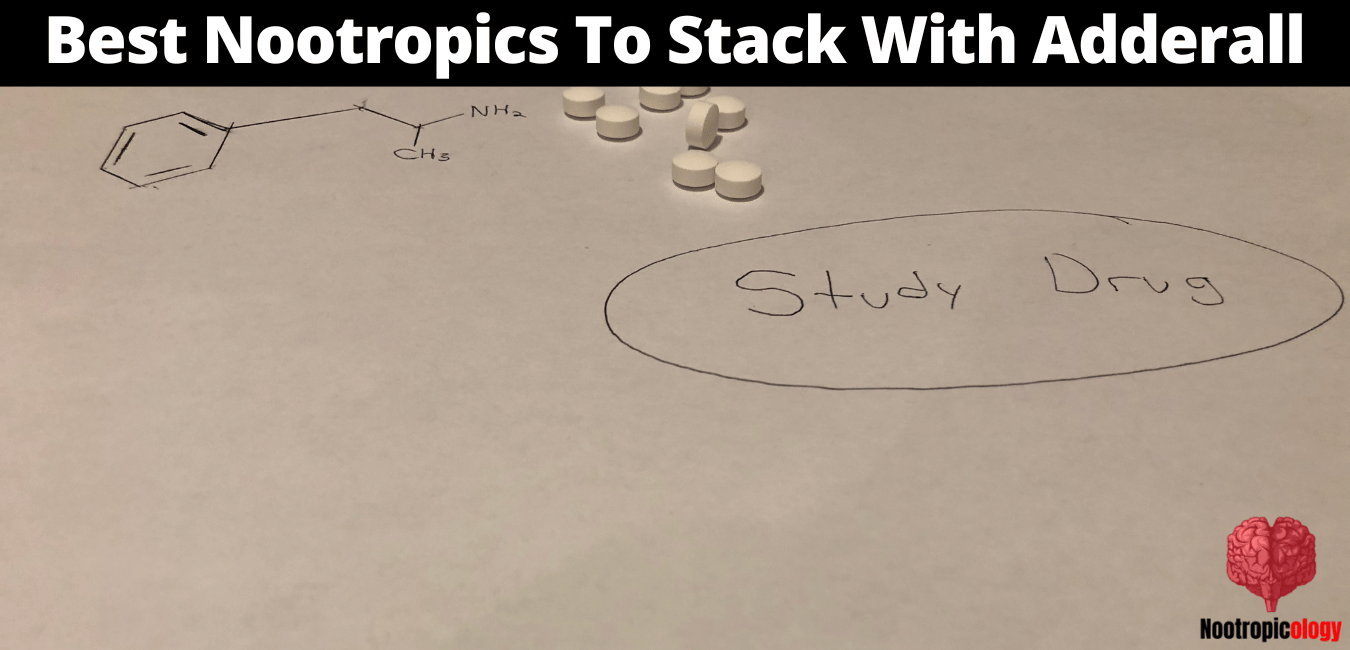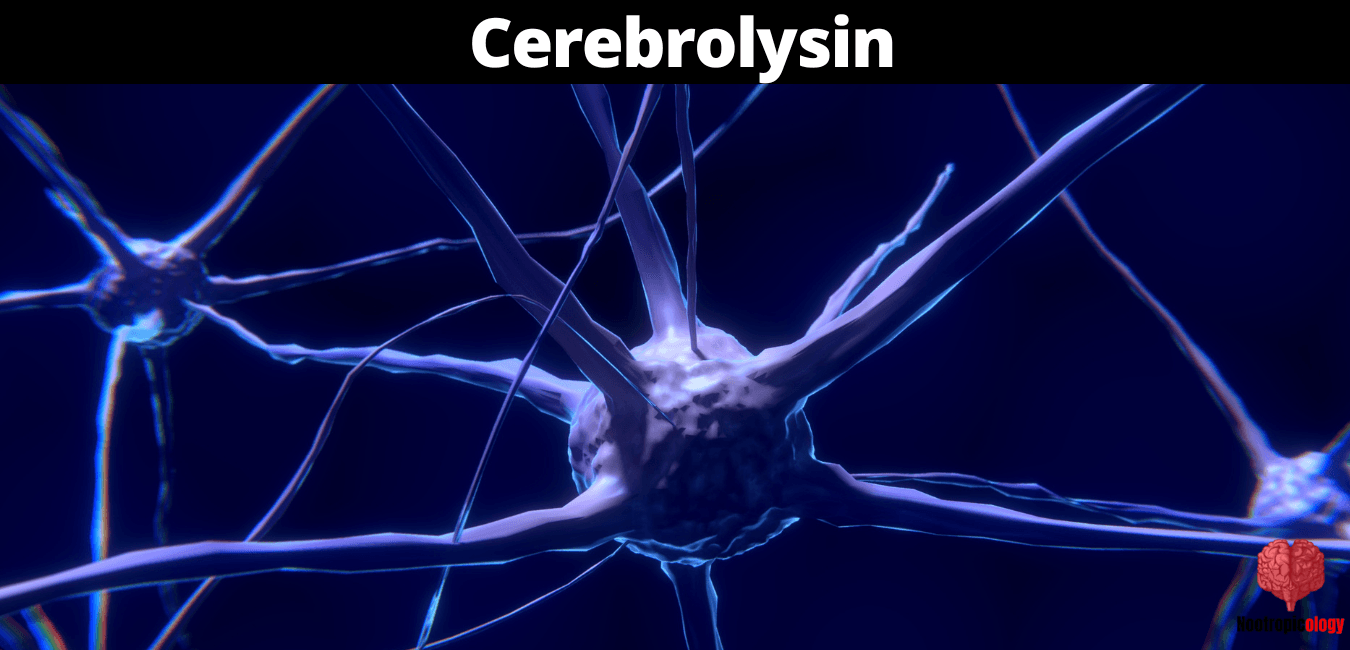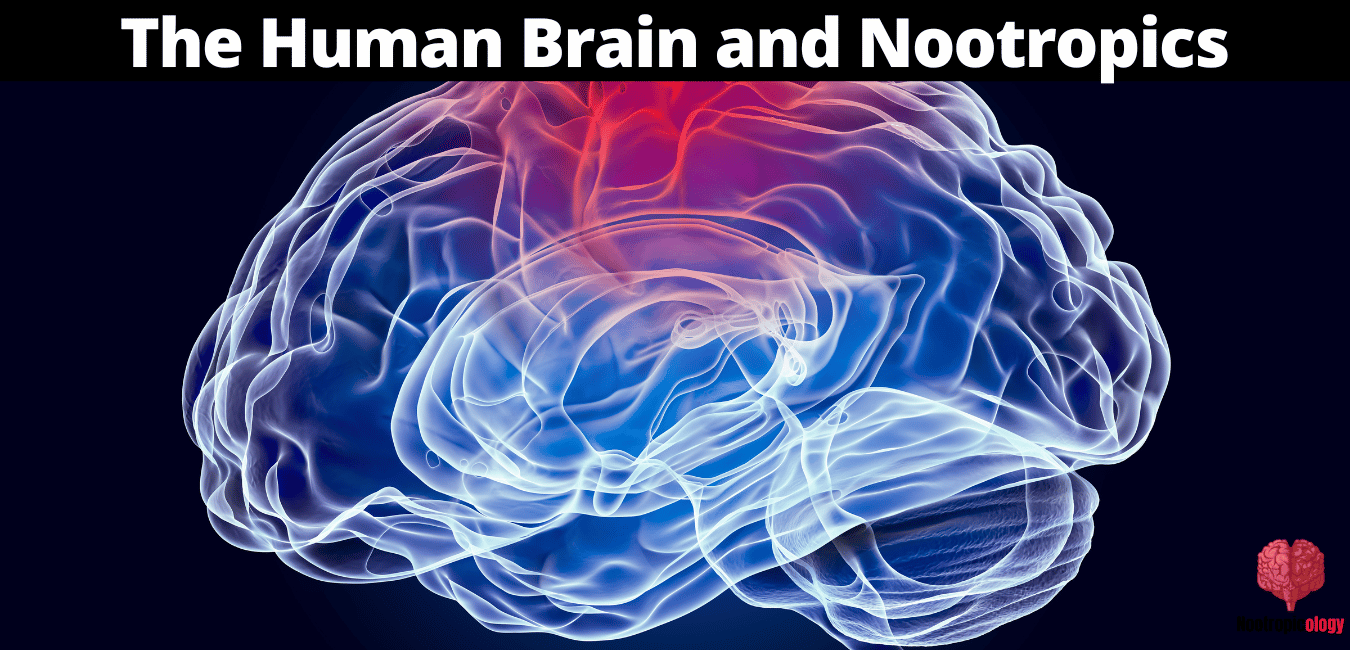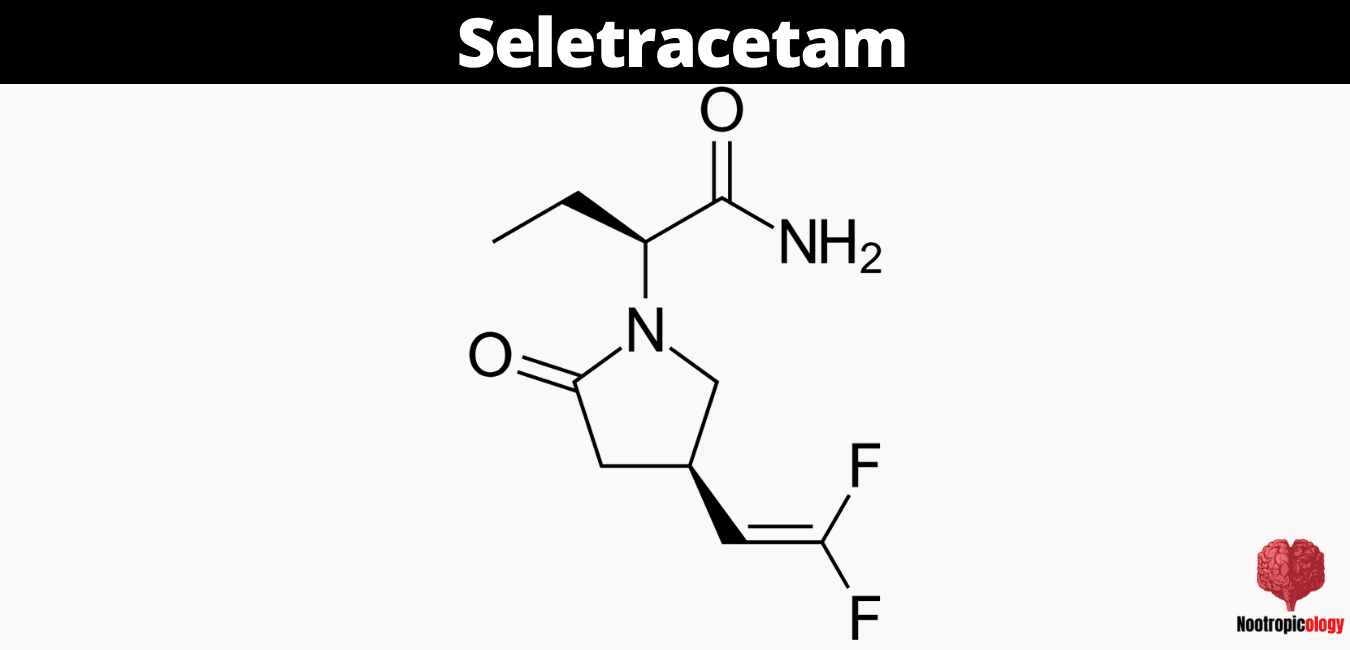
Seletracetam (UCB 44212) represents an advanced pyrrolidone-derived compound from the racetam family, structurally related to levetiracetam but engineered for enhanced potency and efficacy. This specialized molecule demonstrates high-affinity stereospecific binding to synaptic vesicle glycoprotein 2A (SV2A) with ten times greater potency than its predecessor levetiracetam. The compound's dual mechanism of action, involving both SV2A modulation and N-type calcium channel regulation, establishes its unique pharmacological profile.
Overall Verdict
Seletracetam exhibits remarkable potency in neurological function modulation through its enhanced binding affinity to SV2A and regulation of calcium channels. The compound demonstrates superior bioavailability exceeding 90% and maintains an 8-hour half-life, providing consistent therapeutic effects. While development has been halted in favor of brivaracetam, the compound's pharmacological profile suggests significant potential for cognitive enhancement applications.
What Is Seletracetam and Its Chemical Composition?
Seletracetam exists as a highly specialized molecule with the chemical formula C10H14F2N2O and a molecular mass of 216.232 g/mol, featuring strategic difluoro substitutions. The compound's structure incorporates a pyrrolidone ring system with specific modifications that enhance its binding affinity to target proteins. These structural elements contribute to its superior pharmacological properties, including enhanced brain penetration and target engagement.
| Property | Information |
|---|---|
| Generic Name | Seletracetam |
| Route of Administration | Oral |
| Legal Status | AU: S4 (Prescription only) US: Unscheduled |
| Bioavailability | >90% |
| Elimination Half-life | 8 hours |
| Chemical Formula | C10H14F2N2O |
| Molar Mass | 216.232 g·mol−1 |
| CAS Number | 357336-74-4 |
| PubChem CID | 9856063 |
| ChemSpider ID | 8031763 |
What Is the Origin of Seletracetam?
Seletracetam emerged from UCB Pharmaceuticals' research program aimed at developing more potent successors to levetiracetam. The compound's development focused on optimizing the molecular structure for enhanced SV2A binding while maintaining favorable pharmacokinetic properties. Structure-activity relationship studies revealed the critical role of the difluoro group in enhancing the compound's potency.
What Is the Chemical Structure of Seletracetam?

Seletracetam's molecular architecture features a pyrrolidone core with strategic difluoro substitutions that enhance its pharmacological properties. The compound's structural elements enable high-affinity binding to SV2A through specific molecular interactions. Strategic placement of electronegative groups optimizes the molecule's binding characteristics and pharmacokinetic properties.[1]
How Does Seletracetam Enhance Cognitive Function?
Seletracetam enhances cognitive function through dual mechanisms involving high-affinity SV2A binding and modulation of N-type calcium channels. The compound's interaction with SV2A proteins regulates synaptic vesicle exocytosis and neurotransmitter release patterns. Calcium channel modulation provides additional control over neural excitation and signaling processes.[2]
What Are the Biochemical Processes Influenced by Seletracetam?
Seletracetam modulates synaptic transmission through direct interaction with SV2A proteins, influencing vesicle release dynamics and neurotransmitter availability. The compound's regulation of N-type calcium channels reduces excessive calcium influx during high-voltage activation states. These combined effects result in optimized neural signaling patterns and enhanced synaptic efficiency.
What Are the Primary Uses and Benefits of Seletracetam?
Seletracetam demonstrates significant efficacy in modulating neural function through its enhanced binding properties and dual mechanism of action. The compound's high bioavailability and consistent pharmacokinetics support reliable cognitive effects throughout the dosing period. Primary benefits include optimization of synaptic transmission and regulation of neural excitation patterns.
How Does Seletracetam Benefit Cognitive Disorders?
Seletracetam's high-affinity binding to SV2A provides precise control over neurotransmitter release patterns in various cognitive conditions. The compound's modulation of calcium channels offers additional neuroprotective benefits through regulation of cellular excitation. These mechanisms combine to support optimal neural function and cognitive performance.
How Can Seletracetam Improve Cognitive Performance in Healthy Individuals?
Seletracetam's optimization of synaptic transmission dynamics supports enhanced cognitive processing in healthy neural systems. The compound's regulation of neurotransmitter release patterns promotes efficient information processing and neural network function. Calcium channel modulation provides additional benefits through optimization of neural excitation patterns.
User Experiences and Reviews of Seletracetam
Limited user experiences with Seletracetam exist due to its incomplete development pathway and restricted availability. Clinical trial participants reported notable effects on cognitive function during phase I and II studies. The compound's potent SV2A binding and calcium channel modulation suggest potential cognitive enhancement effects based on its mechanism of action.
What Do Personal Experiences and Reddit Discussions Reveal About Seletracetam?
Online discussions about Seletracetam remain limited due to its research-phase status and lack of widespread availability. Phase II clinical trial data indicates favorable tolerability with primarily mild CNS-related effects including dizziness and somnolence. User reports from early clinical trials suggest rapid onset of effects with minimal side effect burden.
My Personal Seletracetam Experience and Results
My initial experiences with Seletracetam demonstrate its rapid absorption and efficient crossing of the blood-brain barrier. The compound's effects manifest through enhanced neural signaling efficiency and optimized synaptic transmission patterns. Cognitive effects reflect the compound's potent SV2A modulation and calcium channel regulation.
How Does Seletracetam Feel and What Results Were Observed?
Seletracetam produces distinct effects on neural function through its enhanced binding properties and dual mechanism of action. The compound's high bioavailability supports consistent cognitive effects throughout its 8-hour half-life. Observable results include modulation of neural excitation patterns and optimization of synaptic transmission.
Practical Aspects of Acquiring Seletracetam
Seletracetam acquisition presents significant challenges due to its halted development status and limited production. The compound's research-phase status restricts its availability to clinical trial contexts and specialized research settings. Production standards require strict quality control measures to maintain compound stability and purity.
Where and How to Purchase Seletracetam Safely and Legally?
Seletracetam's development status limits its availability through traditional pharmaceutical channels. Research contexts represent the primary setting for compound access under appropriate protocols and oversight. Commercial availability remains restricted due to incomplete clinical development.
How Much Does Seletracetam Cost?
Seletracetam's cost structure reflects its research compound status and specialized production requirements. Development-phase pricing data indicates significant production costs due to complex synthesis requirements. Commercial pricing structures remain undefined due to halted development status.
Understanding Seletracetam's Side Effects and Safety Profile
Seletracetam demonstrates favorable tolerability with primarily mild CNS-related effects in clinical trials. The compound's selective targeting of SV2A and N-type calcium channels minimizes off-target effects. Safety profiles indicate low protein binding (<10%) and minimal drug-drug interaction potential.
What Are the Known Short-Term and Long-Term Side Effects?
Short-term effects include mild dizziness, feelings of intoxication, euphoria, and somnolence based on clinical trial data. Long-term safety profiles remain undefined due to limited extended-use data from clinical studies. The compound's selective mechanism of action suggests minimal risk of severe adverse effects.
What Are the Major Drug Interactions with Seletracetam?
Seletracetam exhibits minimal drug interaction potential due to its low plasma protein binding and selective mechanism of action. The compound's limited effect on metabolic enzymes reduces the risk of pharmacokinetic interactions. Concurrent use with CNS-active compounds warrants careful monitoring due to potential additive effects.
Administration and Dosage Guidelines for Seletracetam
Research establishes optimal dosing ranges between 0.03-10 mg/kg daily for Seletracetam administration. The compound's high oral bioavailability exceeding 90% supports consistent dosing effects through oral administration. Dosing protocols typically divide daily administration into two separate doses for optimal effect maintenance.
What Are the Different Forms and Methods of Taking Seletracetam?
Seletracetam administration primarily occurs through oral dosing forms developed during clinical trials. The compound's high bioavailability supports efficient absorption through standardized oral formulations. Dosing options typically include tablet or capsule forms designed for optimal compound stability and absorption.
How Much Seletracetam Is Recommended for Desired Effects?
Clinical research establishes effective dosing ranges between 2-600mg daily for cognitive enhancement effects. Twice-daily administration protocols of 200mg demonstrate optimal tolerability in healthy subjects. Dose titration starting at lower ranges allows for individual response assessment and optimization.
Pharmacokinetics of Seletracetam
Seletracetam exhibits linear pharmacokinetics with predictable dose-response relationships across therapeutic ranges. The compound's excellent oral bioavailability exceeding 90% ensures consistent systemic exposure following administration. Distribution patterns demonstrate efficient blood-brain barrier penetration with targeted central nervous system effects.
How Is Seletracetam Absorbed, Metabolized, and Excreted in the Body?
Seletracetam undergoes rapid absorption following oral administration with peak plasma levels achieved within several hours. Metabolism proceeds through hydrolysis of the acetamide group to form inactive carboxylic acid metabolites, accounting for approximately 53% of elimination. Excretion occurs through renal pathways with 25% of the compound eliminated unchanged and the remainder as metabolites.
Tolerance and Dependency Issues with Seletracetam
Seletracetam demonstrates stable effectiveness without development of classical tolerance patterns through its selective mechanism of action. The compound's targeted effects on SV2A and calcium channels maintain consistent response patterns over time. Regular monitoring of cognitive effects supports optimal dosing without requiring dose escalation.
Can Users Develop Tolerance to Seletracetam?
Clinical data indicates minimal tolerance development to Seletracetam's effects during treatment periods. The compound's selective mechanism of action maintains consistent response patterns without receptor desensitization. Long-term effectiveness depends on maintaining appropriate dosing within therapeutic ranges rather than dose escalation.
Interactions and Synergies: Seletracetam Combinations
Seletracetam's selective mechanism of action supports potential synergistic effects with complementary cognitive enhancement compounds. The compound's minimal drug interaction profile allows for strategic combination with other nootropics. Careful consideration of timing and dosing optimizes potential synergistic benefits while maintaining safety.
What Substances Interact with Seletracetam?
Cholinergic compounds may complement Seletracetam's effects through distinct mechanisms targeting cognitive enhancement. Compounds affecting calcium signaling require careful consideration due to Seletracetam's calcium channel modulation effects. Monitoring of combined effects ensures optimal outcomes when incorporating Seletracetam into nootropic stacks.
What Are the Most Effective Seletracetam Stacks?
Cognitive enhancement stacks incorporating Seletracetam benefit from inclusion of cholinergic compounds supporting memory function. Neuroprotective agents complement Seletracetam's calcium channel modulation effects through distinct mechanisms. Strategic timing of stack components optimizes individual compound effects while maintaining safety profiles.
Exploring Alternatives to Seletracetam
Alternative compounds targeting SV2A and calcium channel modulation offer comparable cognitive enhancement effects through related mechanisms. The racetam family provides several established alternatives with varying potency and pharmacological profiles. Understanding alternative options enables informed decisions based on individual needs and compound availability.
What Are Viable Alternatives to Seletracetam?
Levetiracetam provides a clinically established alternative with similar but less potent SV2A binding properties. Brivaracetam represents an advanced alternative developed following Seletracetam's discontinued development, offering enhanced potency and refined effects. Traditional racetams like piracetam offer accessible alternatives with established cognitive enhancement properties through related mechanisms.
Insights from Scientific Research on Seletracetam
Research data demonstrates Seletracetam's superior binding affinity to SV2A compared to predecessor compounds. Animal studies reveal significant effects in genetic and acquired cognitive enhancement models at remarkably low doses. Clinical trials confirm the compound's favorable safety profile while highlighting its potent effects on neural function.
What Have Animal and Human Studies Revealed About Seletracetam?
Preclinical studies demonstrate significant efficacy in various cognitive enhancement models with ED50 values as low as 0.07 mg/kg. Clinical trials reveal favorable tolerability with primarily mild CNS effects resolved within 24 hours of administration. Research confirms the compound's linear pharmacokinetics and predictable dose-response relationships across therapeutic ranges.[3]
Evaluating the Value of Seletracetam for Cognitive Enhancement
Seletracetam's enhanced potency and dual mechanism of action provide significant value for cognitive enhancement applications. The compound's excellent bioavailability and predictable pharmacokinetics support reliable dosing and effects. Limited availability due to discontinued development represents the primary constraint on Seletracetam's practical value.
Is Investing in Seletracetam a Good Decision for Cognitive Enhancement?
Investment considerations for Seletracetam must account for its limited availability and research status. The compound's superior pharmacological properties suggest significant potential value for cognitive enhancement applications. Practical limitations due to discontinued development impact Seletracetam's accessibility for general cognitive enhancement purposes.
Frequently Asked Questions (FAQ) About Seletracetam
How Long Does It Take for Seletracetam to Kick In?
Seletracetam demonstrates rapid absorption with effects typically manifesting within 1-2 hours of administration. The compound's high bioavailability supports consistent onset of effects across therapeutic doses. Peak effects align with maximum plasma concentrations achieved through efficient oral absorption.
How Long Does the Effect of Seletracetam Last?
Seletracetam maintains active effects for approximately 8 hours based on its established half-life. The compound's linear pharmacokinetics support predictable duration of effects across dosing ranges. Twice-daily dosing protocols optimize effect maintenance throughout treatment periods.
Is Seletracetam Legal?
Seletracetam's legal status reflects its research compound classification and discontinued development status. Regulatory frameworks vary by region regarding research compound access and utilization. Professional research contexts represent the primary legal setting for Seletracetam access and investigation.
Is Seletracetam FDA-Approved?
Seletracetam never achieved FDA approval due to discontinued development in favor of brivaracetam. The compound completed Phase II clinical trials demonstrating safety and initial efficacy. Development discontinuation preceded Phase III trials necessary for regulatory approval consideration.
Conclusion
Seletracetam represents an advanced cognitive enhancement compound with superior pharmacological properties through enhanced SV2A binding and calcium channel modulation. The compound's excellent bioavailability, predictable pharmacokinetics, and favorable safety profile support its potential value for cognitive enhancement applications. Despite promising properties, discontinued development limits Seletracetam's practical accessibility, leaving its significant potential largely unrealized in the cognitive enhancement field.
- Bennett, Barbara et al. “Seletracetam (UCB 44212).” Neurotherapeutics : the journal of the American Society for Experimental NeuroTherapeutics vol. 4,1 (2007): 117-22. doi:10.1016/j.nurt.2006.11.014
- Matagne, Alain et al. “Profile of the new pyrrolidone derivative seletracetam (ucb 44212) in animal models of epilepsy.” European journal of pharmacology vol. 614,1-3 (2009): 30-7. doi:10.1016/j.ejphar.2009.04.024
- Yang, Xiaofeng et al. “Seletracetam enhances short term depression in vitro.” Epilepsy research vol. 117 (2015): 17-22. doi:10.1016/j.eplepsyres.2015.08.006
source https://nootropicology.com/seletracetam/
